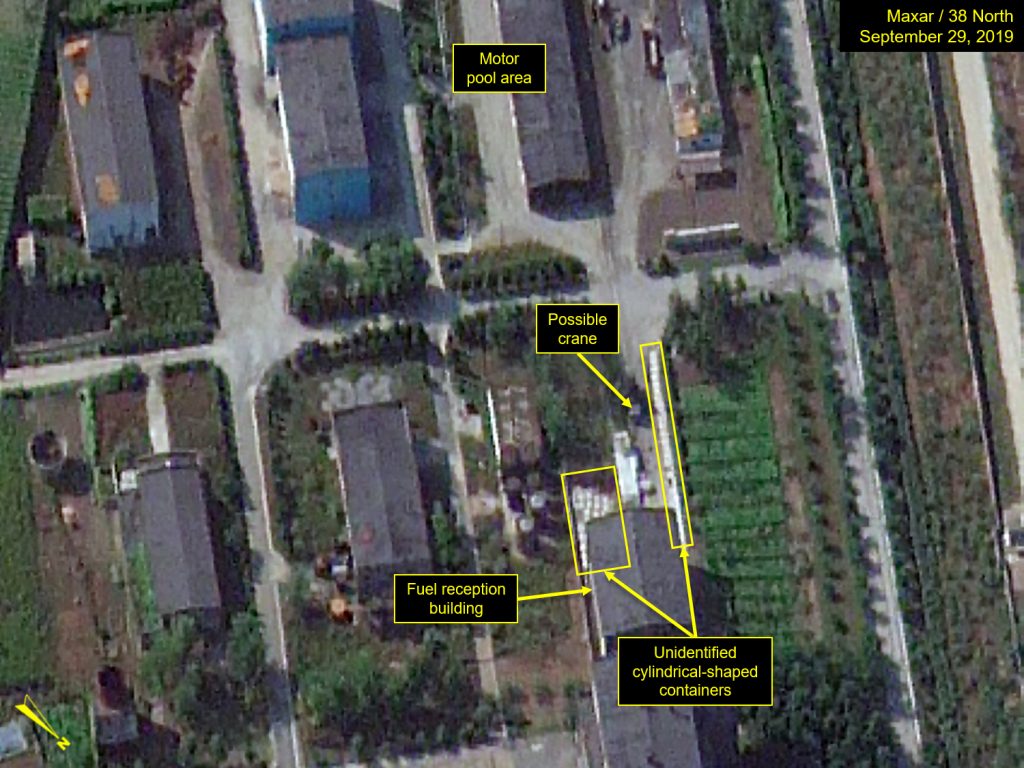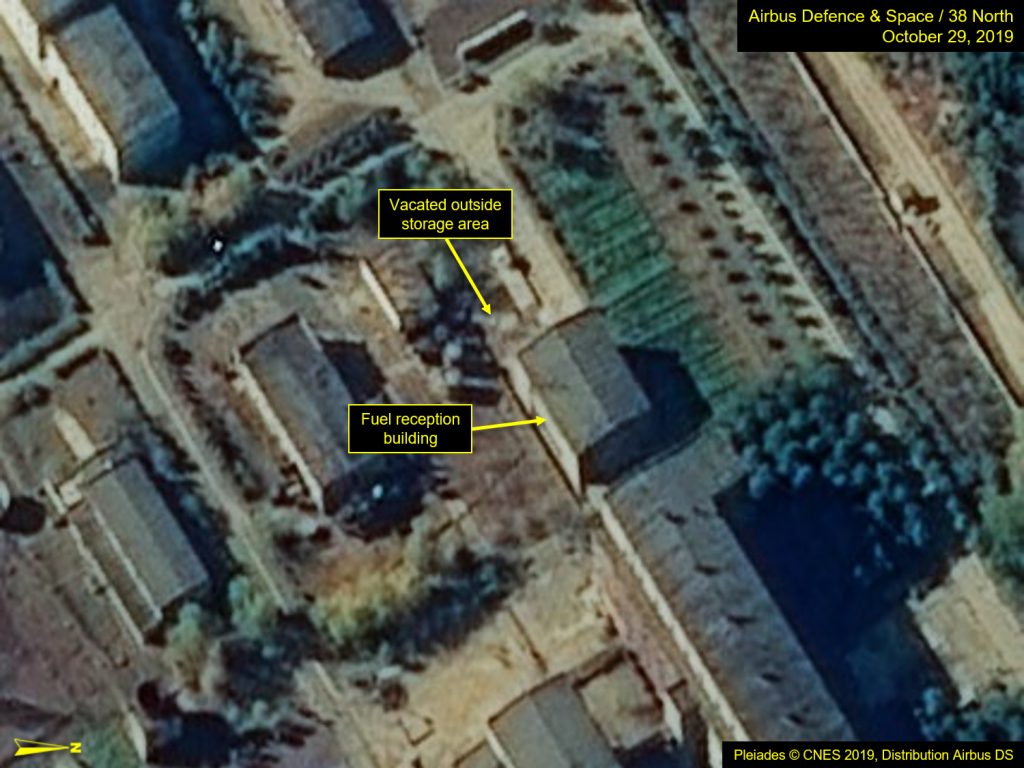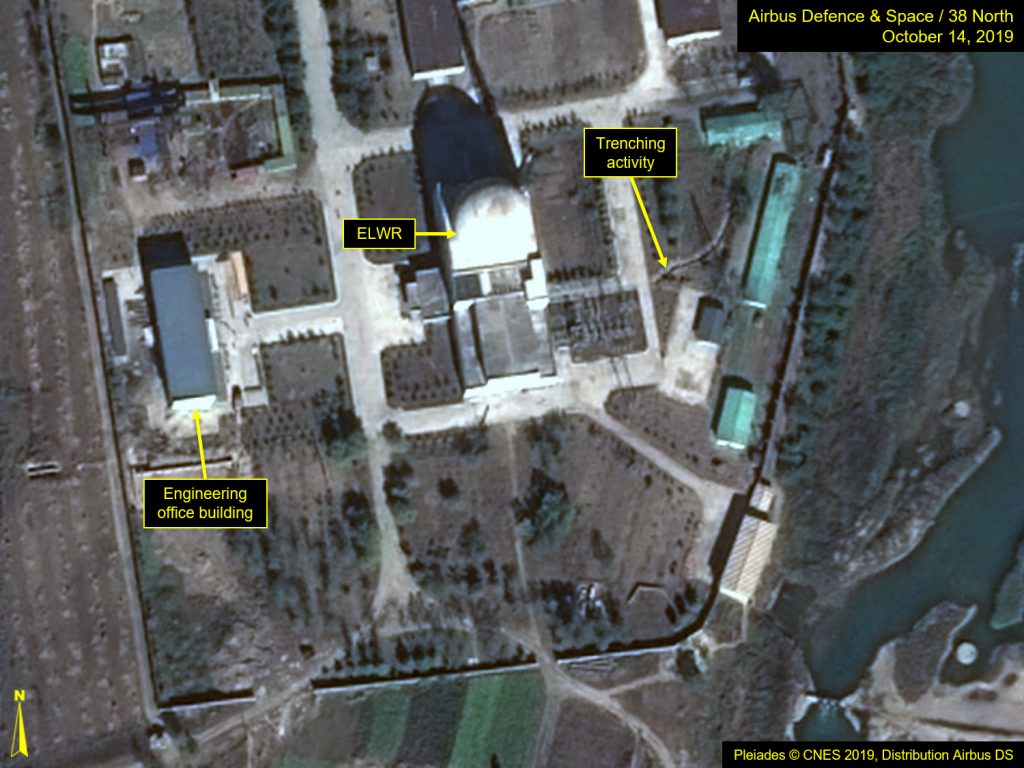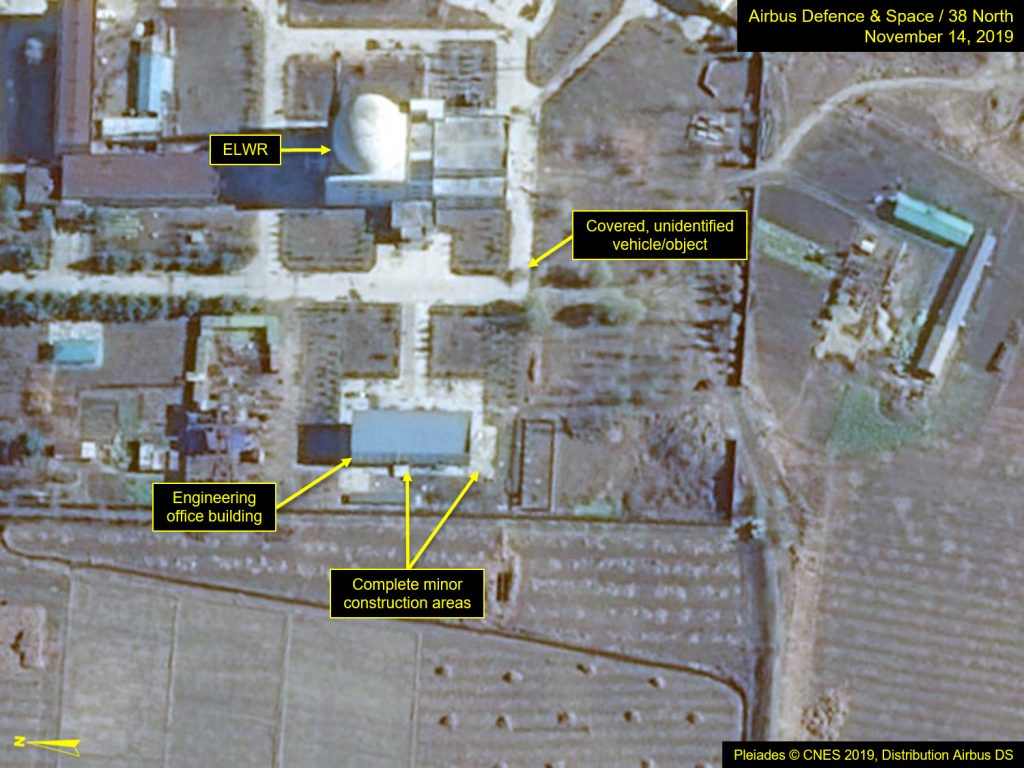North Korea’s Yongbyon Nuclear Center: Minor Activity
Commercial satellite imagery from October and November indicate a low level of activity at North Korea’s Yongbyon Nuclear Scientific Research Center, but with no observable indications of reactor operations. The small, cylindrical-shaped containers reported in the Fuel Reception Area of the Radiochemical Laboratory facilities in September, are no longer present.
The Radiochemical Laboratory
The numerous small, white cylindrical-shaped containers or “packages,” observed in the Fuel Reception Area in September, are no longer present. While their content could not be assessed, their presence was highly unusual, as only an occasional vehicle or two have been observed parked near the facility in the recent past.
Figure 1. Cylindrical-shaped containers no longer present in the Fuel Reception Area.
Before: Satellite image © 2019 Maxar Technologies. All rights reserved. After: Image Pleiades © CNES 2019, Distribution Airbus DS. For media options, please contact [email protected].
5 MWe Reactor
Vehicles are regularly observed in the vicinity of the 5 MWe Reactor, but there are no visible indicators that the reactor has restarted operations.
ELWR
On imagery from October 29 and November 14, two vehicles, a probable tractor-trailer and a medium-sized vehicle, were parked on the access road immediately to the east of the Experimental Light Water Reactor (ELWR), adjacent to the electrical substation. In addition, a covered, unidentified vehicle or object was visible at the southwest corner of the ELWR generator hall and a small object, possibly a trailer, was also present on the access road on the west side of the reactor. Image resolution precluded confirmation of the types of vehicles or their purpose.
Construction activity around the rear and side of the reactor’s engineering office building that was observed in September was completed sometime before November 14 and the objects in the concrete parking area of the building are gone. The trenching also observed across the east side access road from the ELWR in September has been backfilled, leaving little trace of its former presence.
While none of these activities give any indication of the reactor’s operational status, they do suggest that work continues on the ELWR.
Figure 2. Vehicles and minor activity observed in the vicinity of the 5 MWe Reactor and ELWR.
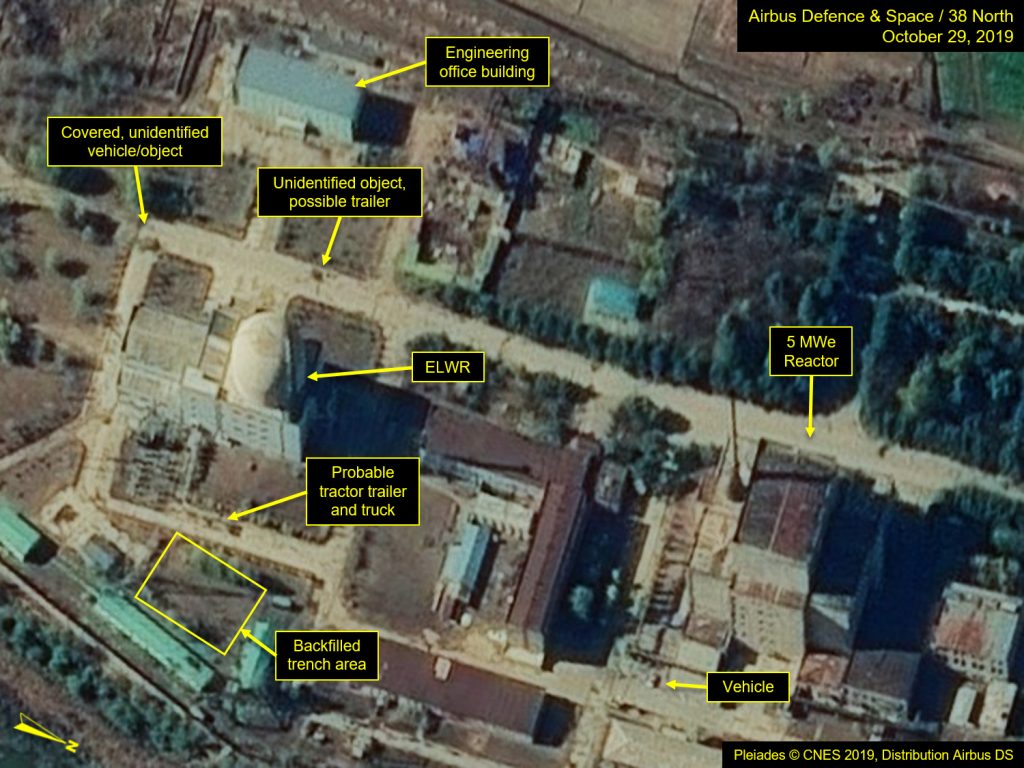
Figure 3. Construction activity at the engineering office building completed and trenching area backfilled.
Images Pleiades © CNES 2019, Distribution Airbus DS. For media options, please contact [email protected].
Site Construction and Remodeling
Construction and renovation activities in the Main Research and Administrative Headquarters Area continue. A third floor was being added to the new multi-story building under construction in the northwest corner of the compound in October and continues in November. The building replaces a two-story structure, which was razed in August.
At the east side of that complex, along the river’s edge, dredging and earthmoving continue near the north pump house. On October 29, a dredge was observed removing silt from the cooling water channel from the pump house, and piles of soil have been added to the riverbank as work to buildup of the embankment continues on the north side of the channel.
Figure 4. Construction of a multi-story building continues in the Main Research and Administrative Headquarters Area.
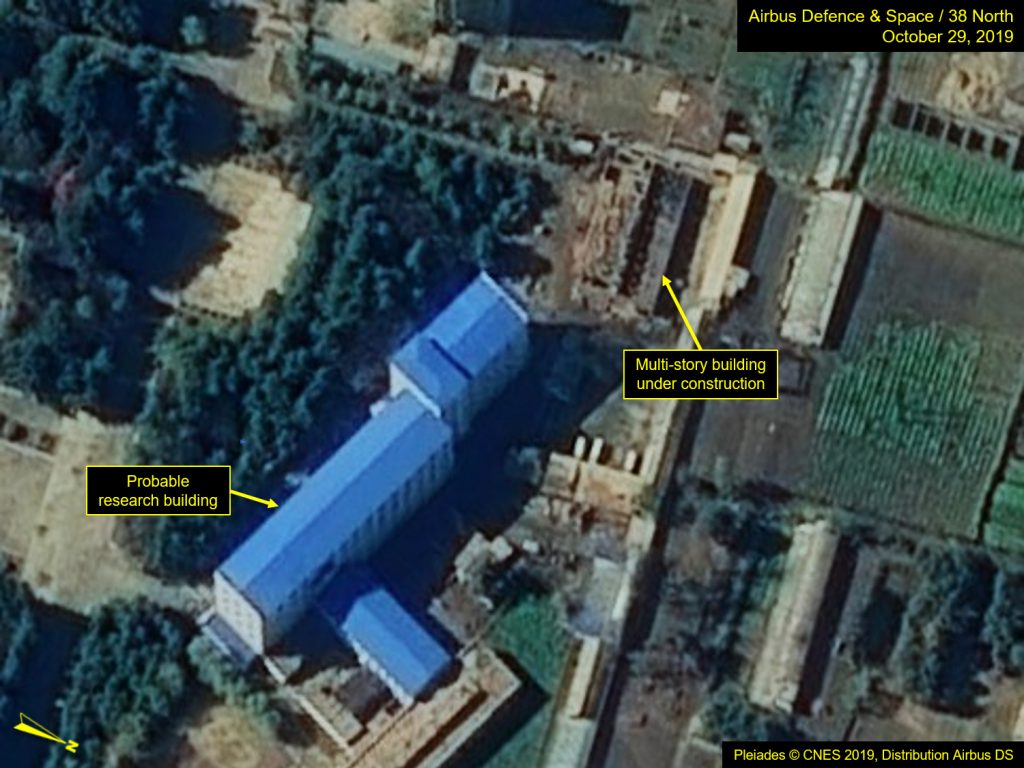
Figure 5. Dredging and earthmoving continues near the north pump house.
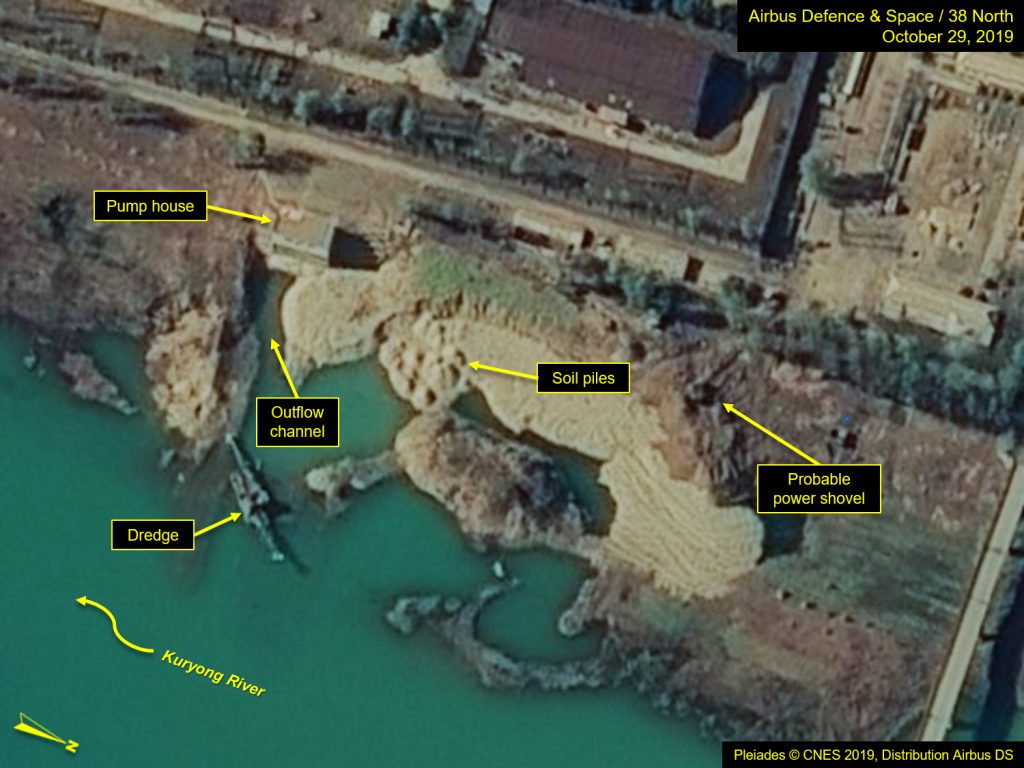
Other Site Facilities
No significant activity was noted at the Uranium Enrichment Plant, the Radiochemical Laboratory or the Radioisotope Production Facility. However, at the Pungang-ni Rail Station on November 14, three specialized railcars, possibly flatcars, with four to six casks on each of them, were observed on a rail siding. These same cars with casks were seen in the Radioisotope Production Facility on November 1. The content of these casks is unknown. On November 20, the three specialized railcars had been moved to the main track and added to a train, which comprised of a locomotive and five gondola cars. By November 26, the train had departed.

